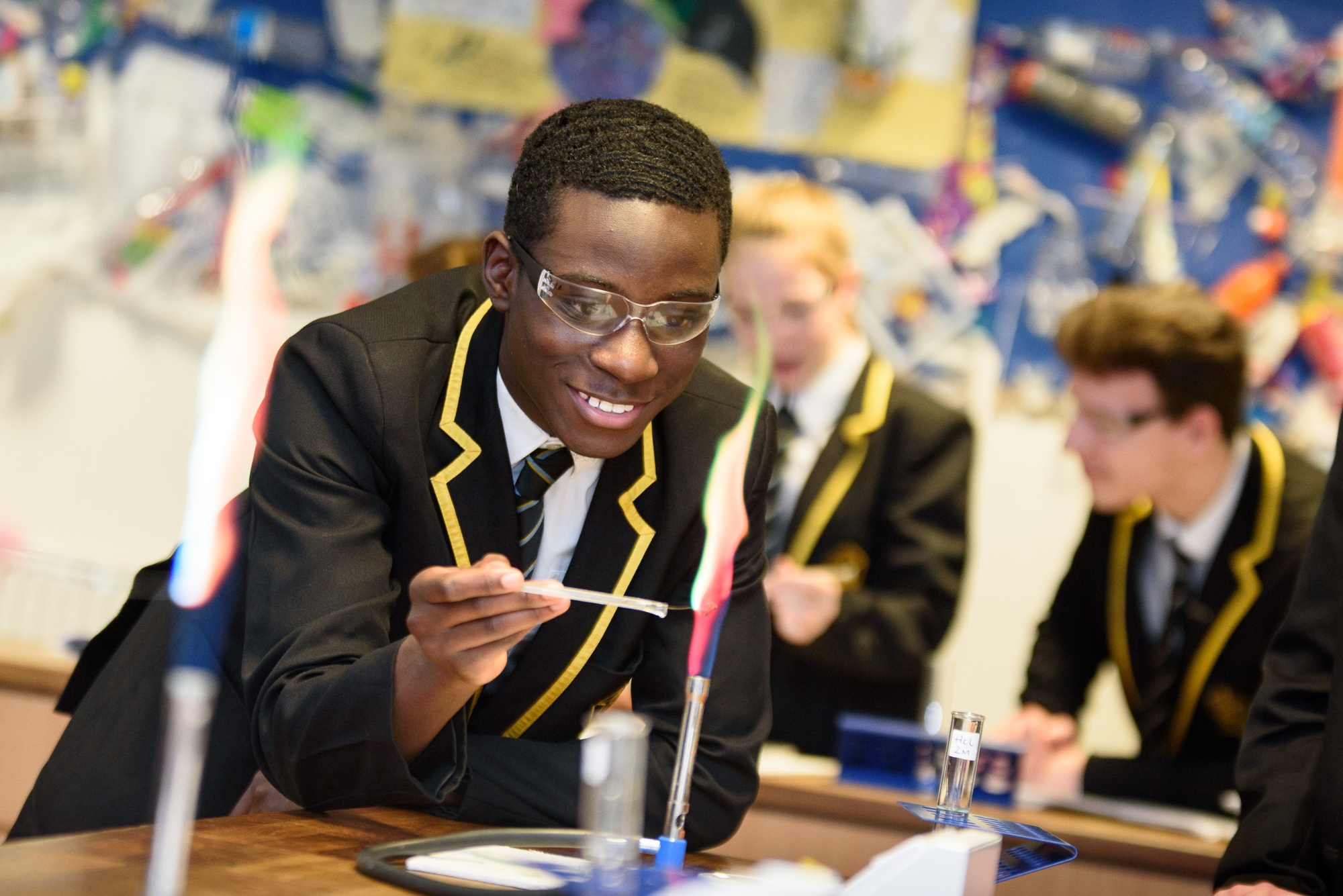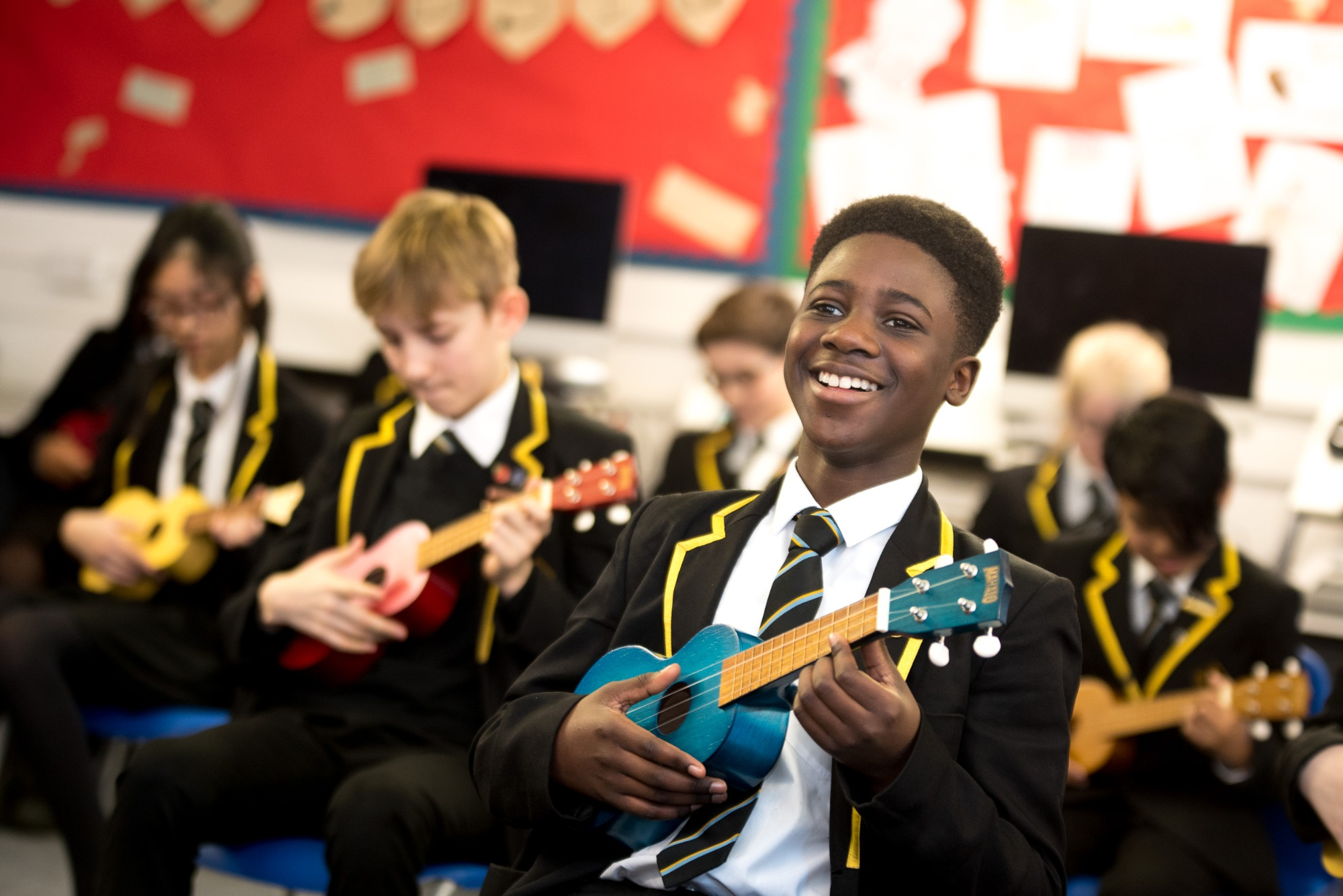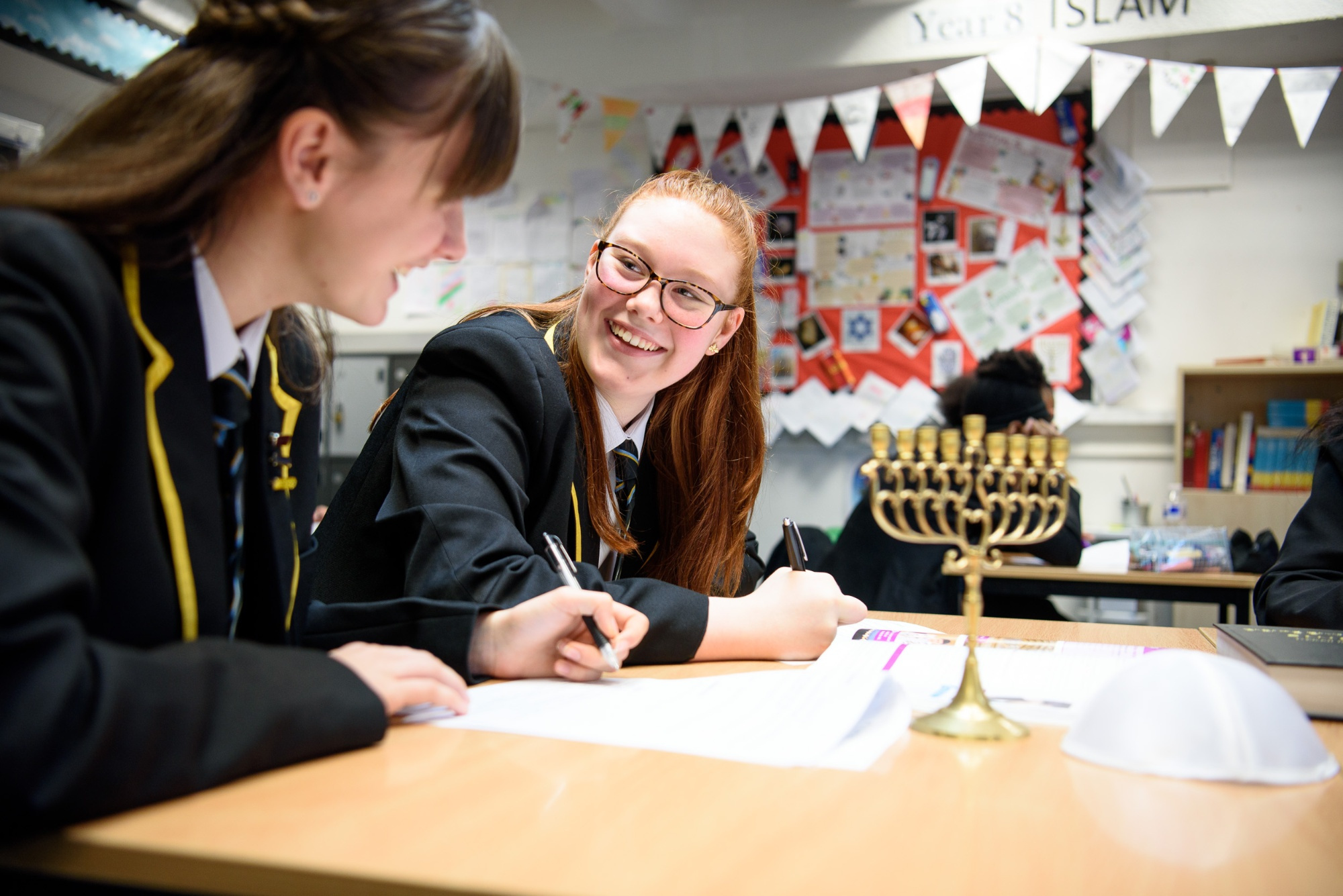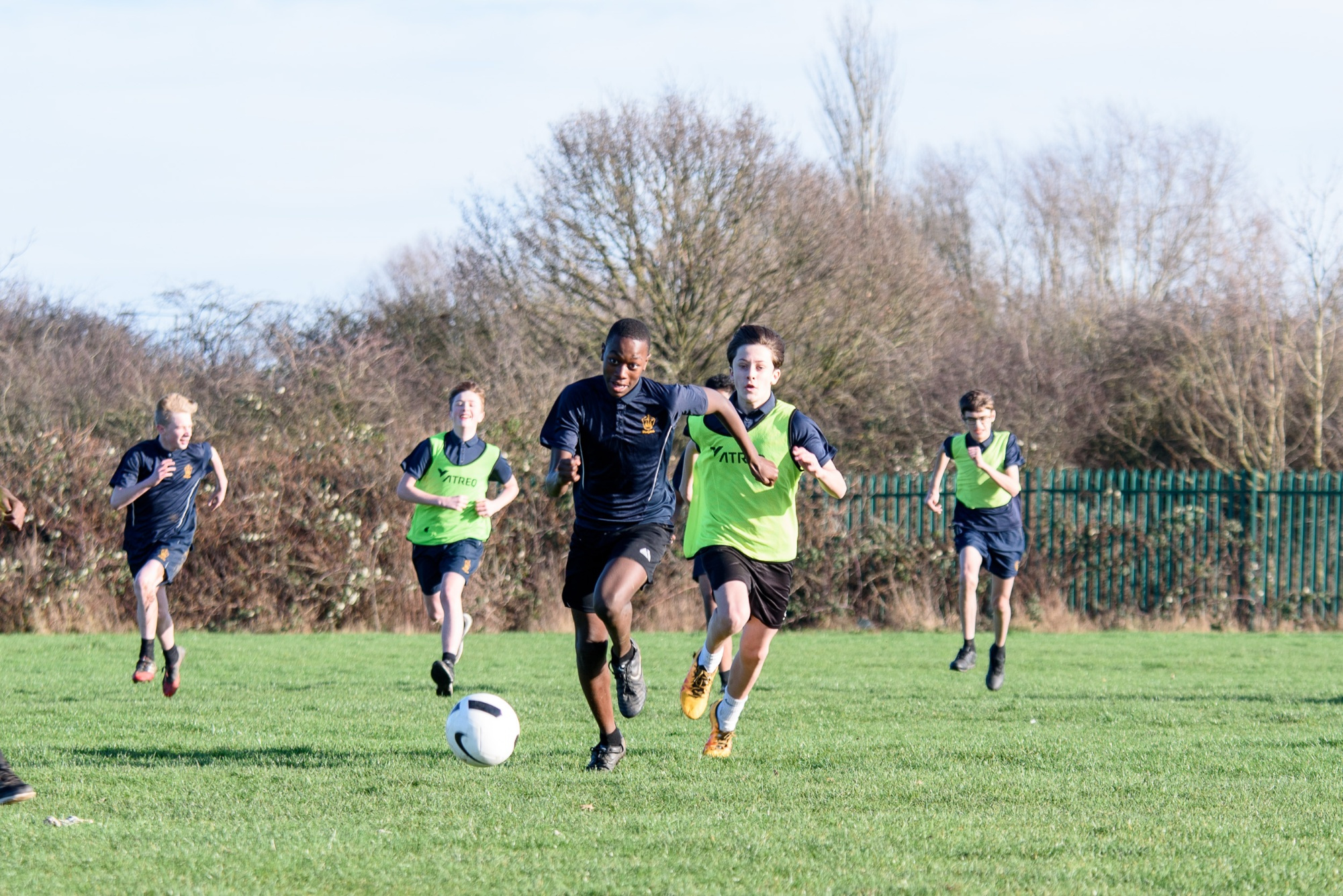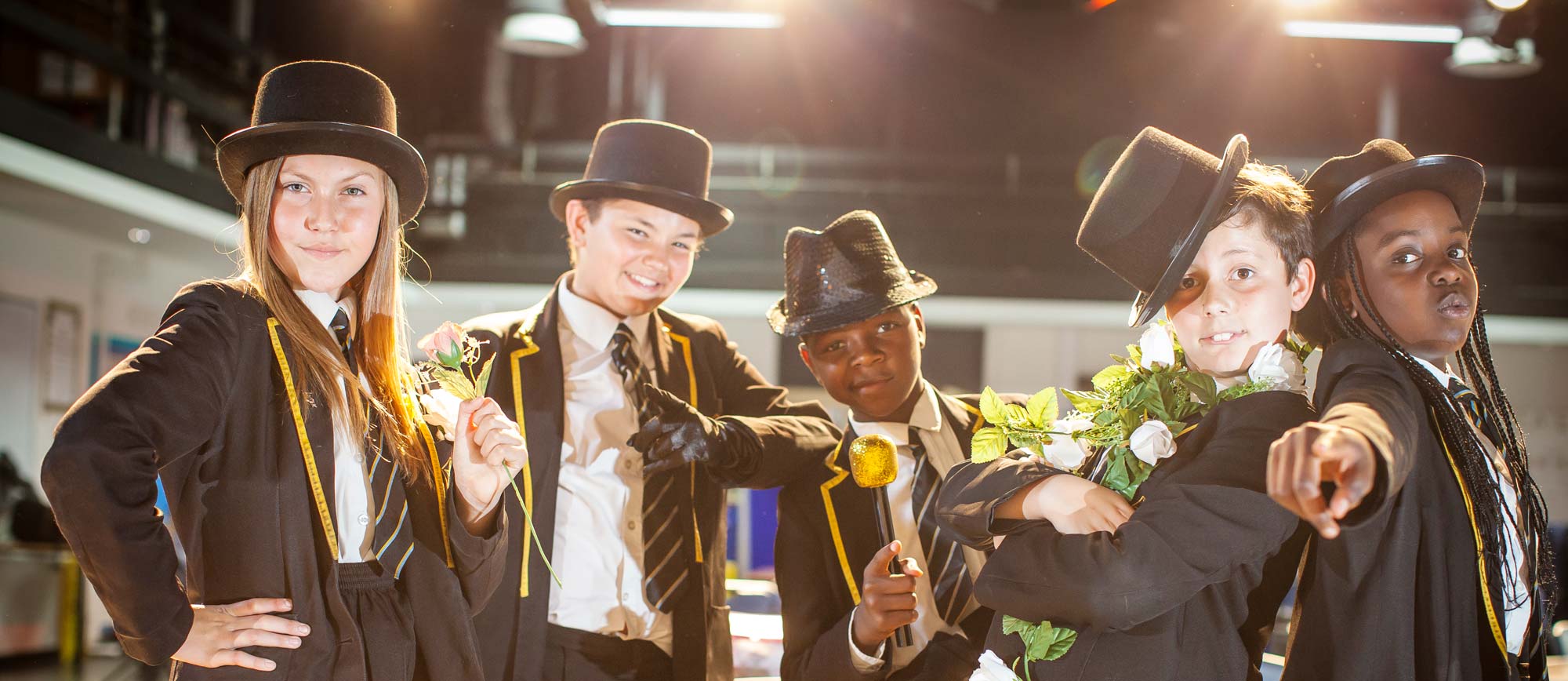Design and Technology is both a creative and technical subject. It combines aspects of creative design and applied science. It is about designing and making products in a range of materials that both look good and work well. It is about responding to human needs or design challenges in an innovative way through research and evaluation.
Creative learning in Design and Technology involves using both imaginative design and problem solving skills. It should link to the world of industry and commerce and the technologies they employ. It includes opportunities for learning that are vocationally relevant and allow a spirit of enterprise.
KS3
In Years 7 – 9, all students currently follow a rotational course where they experience designing and making themes and activities using food, graphics, compliant materials and digital technology through the National Curriculum strands of researching, designing, planning, making and evaluating.
Food Technology
With Food Technology now part of the statutory curriculum at Key Stage 3 it is an exciting time to be teaching and learning all about Food. The aim of the syllabus is for all pupils to have a bank of recipes they can create that are low in fat and time saving. In Year 7 students focus on the basic cookery skills, nutrition and create a range of dishes that are balanced and healthy.
In Year 8 students focus on diet and health as well as food safety and hygiene. Learning a variety of technical skills and applying them to create family friendly healthy dishes.
In Year 9 students focus on choice. Learning about different cultures as well as special dietary needs. Students develop recipes to suit specific needs and develop their creative flare within the subject.
Aims of the Course:
- Gives an awareness of the catering/hospitality industry
- Encourages organisation skills
- Encourages the identification of customer needs and eating trends in a multicultural society
- Develops a knowledge of nutrition and the relationship between diet and health
- Acknowledges the importance of cost effectiveness when menu planning
- Provides opportunities to work individually and as part of a team
- Develops creativity and interest in food preparation, presentation and service.
Compliant Materials
Compliant Material involves pupils researching, planning, designing, making and evaluating a range of projects produced from a range of different materials.
In Year 7 pupils complete a Typography 3D/2D Design Project. Students create 2 D mini outcomes, where the students learn about the design and making process culminating in a 3D outcome.
In Year 8, students explore a 2D/3D Design project investigating ‘The Built World’ exploring public, iconic and cultural architecture culminating in a 3D cultural model.
In Year 9, students explore contemporary furniture design in ‘The Chair Project’ which explores functional and bespoke designs inspired by chosen themes. A series of 2D experimentation leads to a 3D outcome inspired by a theme of their choice.
Graphic Resistant Materials
Graphic Resistant Materials
The graphic resistant material curriculum is designed to encourage students to understand the design process, analyse existing designs and create designs of their own. In Year 7 students look at their own ideas and interests. In Year 8 they look outside of themselves and research how to design for other people. In Year 9 students research about the wider world, and learn how to design for the general public.
The Year 7 graphics project allows students to research, design and create their own toy brand. After following the creative design process, the students will make their own wooden Block Bot toy, finally selecting the appropriate medium to decorate it. Students will learn about soft and hard woods, sustainability, the importance of measuring accurately, health and safety in the classroom and using tools responsibly. They will then learn how to create packaging for their toy in a 3D isometric drawing. Students will be encouraged to explore their interests and create a product that is both personal to them as well as well-designed and produced.
The Year 8 Graphics students are given a brief to design textiles for a bedroom. They will choose an age group to research, and conduct interviews and research outside of the classroom. This research will inform their design choices as they create textile designs aimed at the customer. They will research the history of textiles design, as well as famous textiles designers and about the various types of textile patterns, both historical and current. Their final result will be a sample of their own textiles design based on the interests of the customer and their design brief.
The Year 9 Graphics project involves students working to create a promotional Greenpeace campaign about 'Saving the Ocean'. They will learn about the 6 R’s and how companies and consumers can make choices about products that affect our environment. Students learn about analysing a brief, forming and developing designs and conveying information to create an impactful poster. They will research an individually chosen Greenpeace ocean campaign which will inform the design process for their final Greenpeace campaign poster. And will recap their colour theory skills and gain more knowledge about typography and its effective use when communicating with the public. The Year 9 scheme of work is conducted similarly to a GCSE project, to give students a better understanding of the subject and help them prepare for their GCSE course.
Digital Technology
Year 7 – Movie Making
In Year 7 students will be using Adobe Premiere Pro to create movies. The main assessed project will be to follow a specification to create an Olympics TV advert. Students will learn how to design storyboards then use software to import a variety of resources, add titles, transitions, effects and animation to make their videos. The aim is to have them learn the skills necessary and recognise good and bad practice when creating quality content.
Year 8 – Game Design
In Year 8 students will be using Microsoft Kodu Game Lab to create 3D landscapes, add objects and program them to follow user instructions. Projects covered include: a racing simulator and a tower defence game! Students will also learn how to write an accurate specification, to test and improve their algorithms and to evaluate the success of their model.
Year 9 – Digital Imagery
In Year 9 students will be using Adobe Illustrator and Photoshop to create digital media. They will learn about the use of digital imagery and will build up a useful set of software skills that they can take forward into their GCSEs. One of the assessed projects is to create a high-quality cover for a popular magazine. Students will also learn about vector graphics and have a chance to try out a drawing pad!
